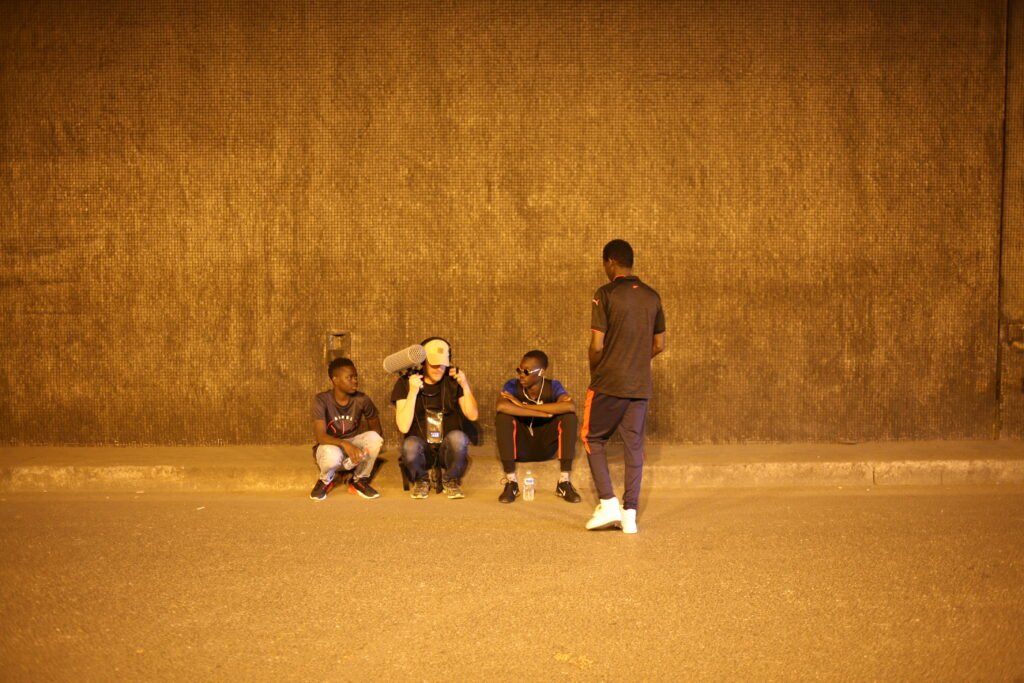* Project Founded by the grand FSIR Arcadi . Région Ile de France . 2019 . Publication : “On Sounding Bodies”, Anthropologica, 2025.
For the last 10 years, my ethnographical research is based on performance & narrative apparatuses. For Sounding Bodies, I developed an experimental research program for migrant children staying at a Red Cross shelter in Paris. Throughout a series of workshops, I invited them to collect sounds. I then conceived an apparatus for motion sensors to play [with] and perform soundscapes. What kind of sounds have they collected? And how did their body manifest a soundscape?

Two concepts are at work in my essay: The one of cosmophanies, described by the French geographer Augustin Berque, and the other of ethnoscapes, defined by the Indian anthropologist Arjun Appadurai.
The word cosmophany refers to the Greek Cosmos and to the verb φαίνω (phainò), which means: “to manifest, to appear, to be obvious”. Cosmophany is the way in which the world appears to those who observe it. Related to the act of migration, ethnoscapes are those landscapes that migrants recompose with their communities.
If, to every individual corresponds a way of seeing, and the ethnoscapes are formed by moving groups, rose at a fundamental level, my research question could be such: How do people resonate with sounds? Resonate in the sense of moving, playing, acting, making decisions throughout one’s life. The other pending question would be: how to transmit sound perception? In other words: How can we imagine designing a sound environment for a better future?
some more to read/listen/watch [here]
